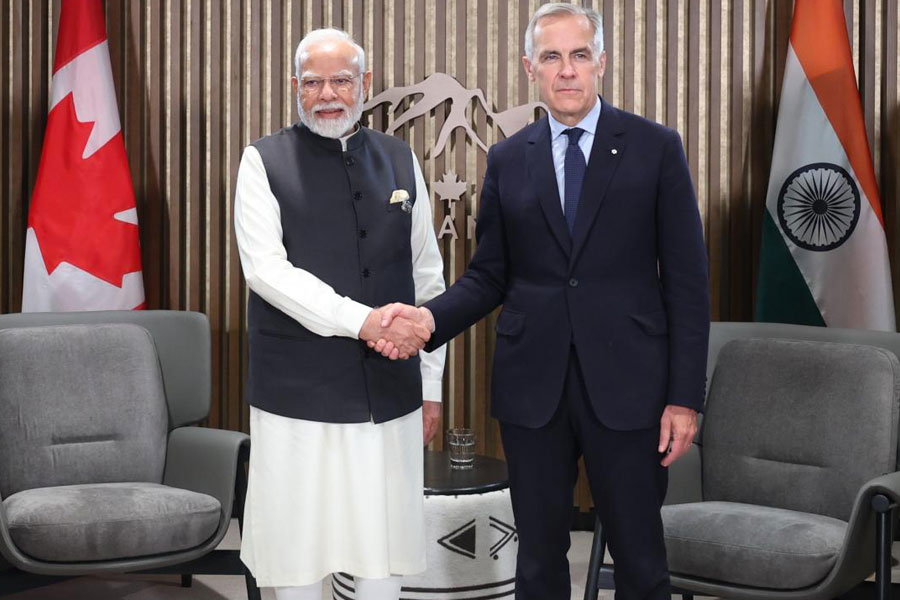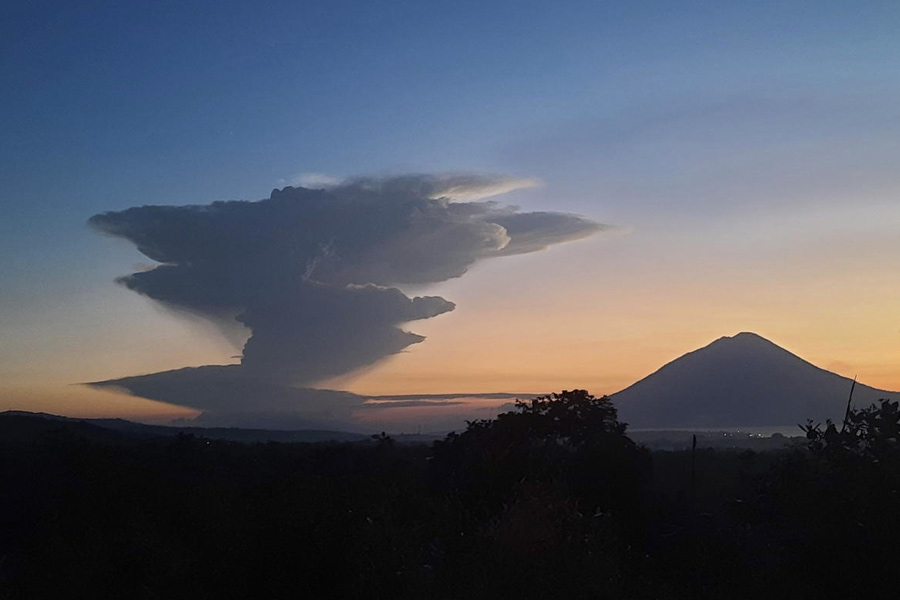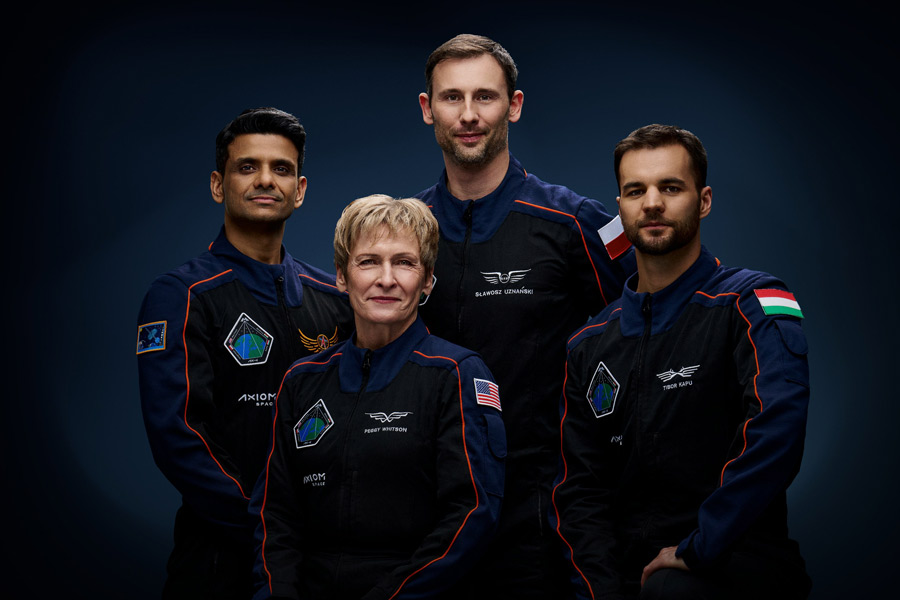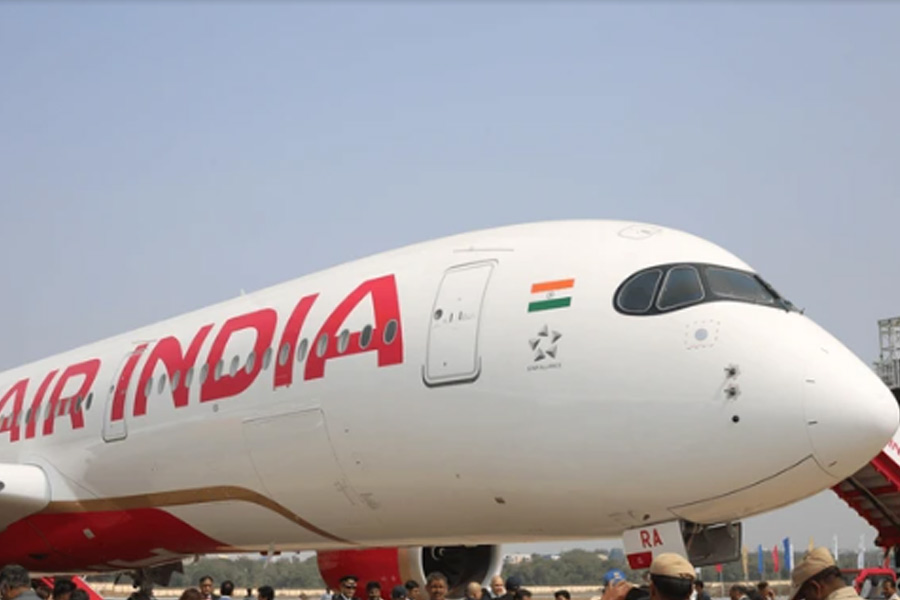New Delhi, July 3: India hopes to pitch in with its human resource, technology and industry capabilities for the international thermonuclear experimental reactor project, an ambitious effort to prove that fusion energy is viable.
While contributing to the project with hardware and people, top scientists and policy-makers say, India would gain insight into the challenges of building a reactor that runs on the fusion of superheated hydrogen atoms, the fuel that drives the sun.
Existing nuclear reactors are based on fission, or the splitting of atoms, while fusion power springs from two atoms fusing and releasing energy.
“We have strong indigenous capabilities in this area,” said Anil Kakodkar, the chairman of the Atomic Energy Commission. “We can contribute through equipment as well as human resources.”
Last week, the reactor project’s partners ended months of deadlock by picking southern France as the site for the reactor in which magnetic fields will be used to confine the hydrogen in a doughnut-shaped high-vacuum chamber at temperatures higher than that inside the sun.
China, the EU, Japan, Russia, South Korea and the US are partners in the project aimed at constructing a full-scale fusion reactor by 2015 at an estimated cost of 4.5 billion euros.
Indian officials have long acknowledged the desire to participate in the project but say a decision on joining is yet to be taken. “It’s still not clear in what form they want Indian participation,” said Y.P. Kumar, the head of international collaboration in the department of science and technology.
The Institute for Plasma Research in Ahmedabad has several scientists pursuing specific technologies for exploiting fusion power with small-sized experimental devices. But scientists say the experimental devices under assembly at the institute will not approach the “break-even point”.
The break-even point is crucial because efforts around the world so far have been deemed unviable as the energy required to maintain a fusion reactor is higher than the energy it generates.
“Indian participation in the ITER will help us graduate from principles to actual technology for a reactor that approaches the break-even regime,” said Natesan Venkatramani, director of Aditya High Vacuum, a company that makes components for fusion energy.
Kakodkar said the experimental fusion effort under way in India has had a tradition of working with industry. The companies that supplied components to the Institute for Plasma Research could also contribute to the ITER project.
India has already supplied hardware, software and scientists to the world’s largest particle accelerator, a 27-km-long ring-shaped tunnel in Europe called the large hadron collider (LHC), designed to answer some fundamental questions about matter and the universe.
“India’s contribution to the LHC shows that we can participate significantly in large international projects,” Kakodkar said.
Components of the hadron collider with a “made in India” tag include equipment for magnets and power supplies. Indian scientists also assisted in the development of computer programs that analyse the data generated by the collider’s experiments.
The fusion reactor project itself will not produce commercial electricity. Scientists say fusion reactors producing electricity can be expected only by 2040 if all goes according to plan.










